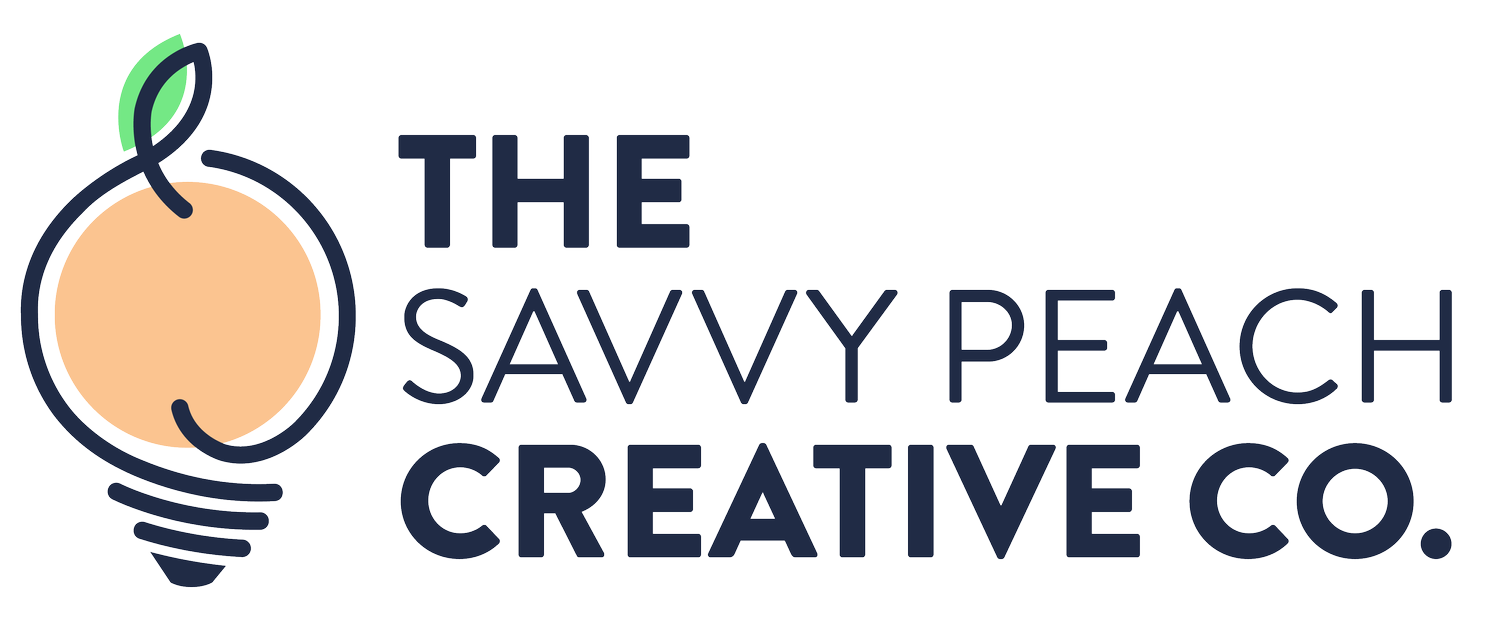Design for Non-Designers: Basic Principles Every Business Owner Should Know
Good design can make or break a business. It captures attention, conveys messages effectively, and leaves a lasting impression. However, many business owners feel intimidated by design because they don't have a formal background in it. Fear not! We’re about to break down the essential design principles that anyone can understand and apply, ensuring your business materials look polished and professional.
1. Balance
Balance refers to the placement of individual elements to create a visually appealing design.
Types of Balance:
Symmetrical Balance: This involves mirroring elements on either side of a central axis. It’s formal, structured, and gives a traditional look. Think of business cards or logos that have identical elements on both sides.
Asymmetrical Balance: This type of balance uses different elements that have equal visual weight. It’s more dynamic and interesting, often seen in modern website layouts and advertisements.
Radial Balance: Elements radiate from a central point, creating a circular pattern. This is common in logos and mandala designs.
To achieve balance in your business materials, imagine a grid and place your elements thoughtfully within it. Use symmetrical designs for formal materials like business cards and asymmetrical for more dynamic content like social media posts.
2. Contrast
Contrast involves using differences in color, size, shape, and texture to make elements stand out.
Types of Contrast:
Color Contrast: Use complementary or contrasting colors to highlight important information, such as call-to-action buttons or sale banners.
Size Contrast: Varying the size of elements creates a hierarchy that guides the viewer’s eye. Use larger fonts for headings and smaller fonts for body text.
Shape Contrast: Mixing different shapes can draw attention to specific areas, such as using icons or infographics.
Texture Contrast: Adding texture can create depth and interest, making backgrounds or product photos pop.
Implement contrast by pairing dark text with a light background or using bold fonts for important information. This makes your designs more engaging and easier to understand.
3. Alignment
Alignment ensures that elements are lined up properly to create a clean and organized look.
Types of Alignment:
Left Alignment: Clean and traditional, often used for paragraphs and forms.
Right Alignment: Unique and modern, ideal for special callouts and sidebars.
Center Alignment: Formal and balanced, suitable for invitations and posters, though it can be hard to read in large blocks.
Justified Alignment: Neat and clean, often used in newspaper columns and reports, though it can create uneven spacing.
Use grids and guidelines to keep elements aligned. Consistent alignment enhances readability and gives your materials a professional look.
4. Repetition
Repetition involves using consistent fonts, colors, and styles to create unified branding material.
Examples:
Fonts: Choose 2-3 fonts and use them consistently across your materials.
Colors: Develop a color palette and stick to it to create a cohesive brand identity.
Styles: Use similar styles for graphics and photos to maintain visual consistency.
Build brand consistency through repetition. Use the same fonts for headings and body text, and keep your color scheme uniform across all marketing materials.
5. Emphasis
Emphasis creates a focal point to draw attention. You can achieve this through:
Size: Make the most important element the largest.
Color: Use bold or contrasting colors for emphasis.
Placement: Position key elements where the eye naturally falls.
Direct the viewer’s attention effectively by emphasizing important elements. Use larger fonts for headlines and bold colors for buttons to ensure they stand out.
6. Negative Space
Negative space, or whitespace, is the empty space around elements. It improves readability and focuses attention on key areas. Use it to create breathing room and guide the viewer’s eye.
Examples:
Whitespace: Create breathing room around text and images to prevent clutter.
Visual Hierarchy: Use negative space to guide the viewer’s eye through the design.
Enhance your designs by incorporating negative space. Keep layouts clean and uncluttered to improve visual appeal and readability.
7. Color
You can use colors to evoke emotions and convey messages without using language.
Color Theory Basics:
Primary, Secondary, and Tertiary Colors: Understanding the color wheel helps in choosing complementary and analogous colors.
Color Psychology: Select colors based on their emotional impact, such as red for urgency and blue for trust.
Create a cohesive color palette for your brand. Use color psychology to choose colors that align with your brand message and values.
8. Typography
Typography is the art of arranging text in an appealing way.
Basics:
Font Selection: Choose fonts that reflect your brand’s personality.
Size and Spacing: Ensure text is easy to read with appropriate font size and line spacing.
Hierarchy: Use different font sizes and weights to create visual interest.
Enhance communication through effective typography. Pair complementary fonts and ensure readability with proper size and spacing.
Tips for Putting These Principles to Use
Start Simple: Begin with templates and gradually build up your design skills.
Use Design Tools: Leverage user-friendly tools like Canva or Adobe Spark to create professional designs.
Seek Inspiration: Look at designs from successful brands for inspiration.
Stay Consistent: Apply the same design principles across all materials to maintain brand consistency.
Ask for Feedback: Get opinions from others to ensure your designs are effective.
Keep Learning: Continuously adapt to new design trends and techniques.
Start Making your Designs!
These principles are the building blocks of good design and can help you create marketing materials that are both effective and aesthetically pleasing. Start incorporating these principles today and watch your business thrive with a more professional and cohesive look.
Want to level up your designs? Reach out to The Savvy Peach Creative Co. for professional design assistance. We’re here to help you make your business look its best!
Not sure where to start? Let the Peach help you every step of the way.
Our dedicated team is here to help you plan and design your website. Schedule a time to speak with us and let us answer your questions to know exactly what you need to get yourself started.

